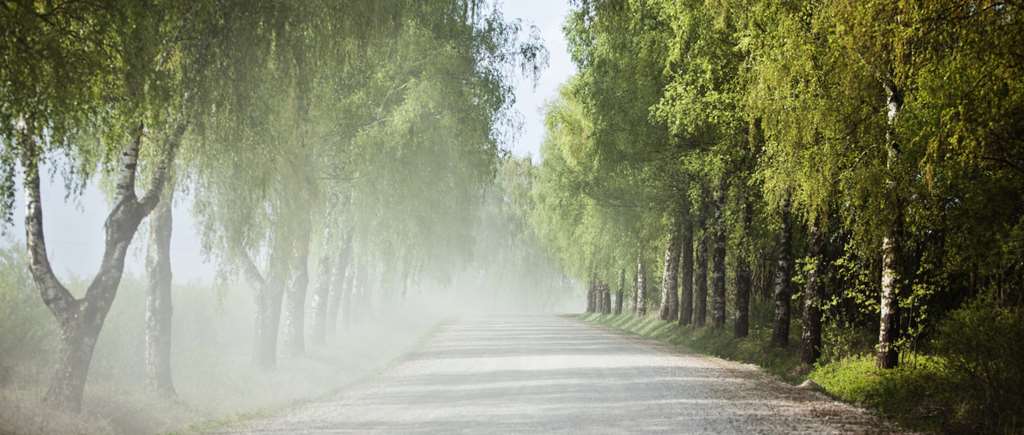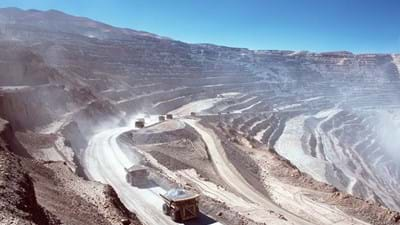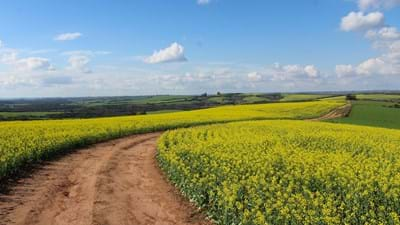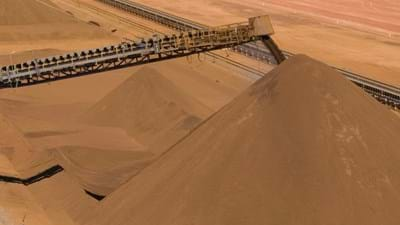10. How do I apply dust control agents?
The way to apply a dust suppressant depends on the type of additive, i.e. liquid or powder, and the type of surface to be treated, i.e. roads or stockpiles.
The simplest form of dust control consists of a direct application onto an unprepared surface. If the dust palliative is a liquid or a powder that can dissolve in water, it can be sprayed onto the surface. This spray-on dust suppression method is used to treat roads, construction sites, earthworks, quarries, etc. The product may be applied either from a water cart as a diluted solution under pressure through spray nozzles, or simply through a hose.
Some dust palliatives like salts can be applied either as powder or flakes spread evenly onto the surface. The surface is sometimes hydrated with water from a water truck.
For optimal results in most cases, it is necessary to prepare the road prior to treatment. This includes ensuring that road materials are of high quality (proper percentage of fine material, correct plasticity, etc.) and if not, should be remedied by hauling in and applying the correct materials. The surface should be prepared with good crown and shoulder drainage (this can be difficult to correct afterwards). Usually, the road is scarified, breaking up the top few centimetres of soil surface to allow for quick and even penetration of the dust suppressant.
Pre-watering before applying a dust suppressant might be necessary to assure optimum moisture content. Applying to dry areas may yield uneven absorption with the product sitting mostly on the surface and not penetrating to the desired level. Saturating the road with excessive water could cause runoff of the product.
Curing time before you can allow traffic back on the road will depend on the type of suppressant additive and application method.
Generally, higher application rates or increased frequency are required when there are high traffic volume, low humidity conditions, low fines content in the surface and a poorly bladed surface.
For industrial applications such as stockpiles, load-out areas, railcar toppings, transfer points and underground mining roads, proper application is generally more specialised. Application is dependent on the specific dust issues, types of processes and types of materials. In such cases, it is important that you consult with the product manufacturer or with companies specialising in these applications.
Learn how to apply Borregaard's sustainable, lignin-based dust suppressant Dustex®.








